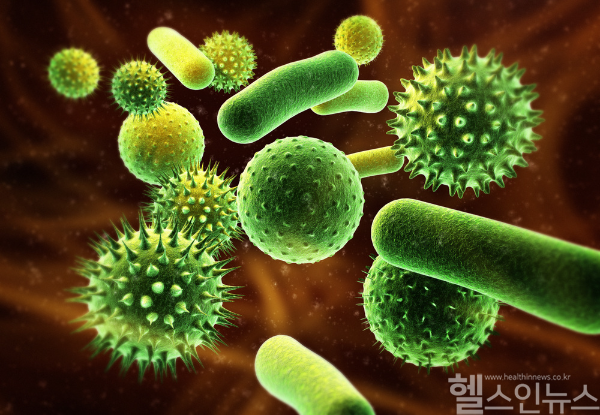Waterborne Diseases Thrive in Contaminated Floodwaters
Floodwaters mixed with sewage have created a breeding ground for waterborne diseases such as typhoid fever, shigellosis, norovirus gastroenteritis, hepatitis A, and cholera. These pathogens spread primarily through contaminated food, water, or unwashed hands.

Typhoid fever, caused by Salmonella Typhi, manifests with high fever, headache, abdominal pain, constipation or diarrhea, and rose-colored spots. With an incubation period of up to 30 days, untreated cases can progress to severe complications like intestinal perforation or septicemia, requiring urgent medical attention.
Shigellosis, triggered by Shigella bacteria, causes high fever, abdominal cramps, bloody diarrhea, and dehydration. Its incubation period ranges from one to three days, and its high contagiousness demands strict isolation measures.
Norovirus gastroenteritis leads to nausea, vomiting, diarrhea, and myalgia, with symptoms appearing 12 to 48 hours after exposure. The virus spreads rapidly, and vulnerable groups, including the elderly and children, face heightened risk of severe dehydration requiring hospitalization.
Dr. Lee emphasizes hygiene practices: “Washing hands with soap for at least 30 seconds before eating or after restroom use is critical. Consume only boiled or bottled water, refrigerate cooked foods promptly, and thoroughly disinfect household items or cooking utensils exposed to floodwater. Wear waterproof boots and rubber gloves during cleanup to minimize contact with contaminants.”
Skin Infections Increase After Floodwater Exposure
Contact with contaminated floodwater raises the risk of dermatologic conditions, including contact dermatitis, impetigo, and cellulitis.
Impetigo, most common in children, presents with honey-crusted lesions and is highly contagious, often spreading among family members.
Contact dermatitis, triggered by exposure to heavy metals or chemical irritants, causes itching, erythematous rashes, vesicles, and stinging sensations. Treatment typically involves antihistamines or topical corticosteroids.
Bacterial cellulitis, caused by bacteria penetrating deep into the skin, results in localized warmth, pain, and edema. Delayed antibiotic therapy can lead to sepsis, making early intervention essential.
Dr. Lee notes, “Fungal infections such as tinea pedis, tinea cruris, and candidiasis are also common due to mold proliferation. Prompt medical evaluation is vital if symptoms emerge.”

Tetanus Risk Rises After Flood-Related Injuries
Tetanus, a potentially fatal infection caused by Clostridium tetani spores in soil or animal waste, can enter the body through wounds sustained during flood cleanup. Symptoms include muscle spasms and rigidity. Dr. Lee advises, “Clean wounds immediately with soap and running water and consult a healthcare provider to confirm tetanus vaccination status. Those with unclear immunization history require a booster, and deep or heavily contaminated wounds may need tetanus immune globulin.”
Mold and Respiratory Pathogens Proliferate in Humid Conditions
The hot, humid post-flood environment fosters mold and respiratory infections, including epidemic keratoconjunctivitis, mold-induced bronchitis, and allergic asthma exacerbations. Individuals with chronic conditions are particularly susceptible to secondary bacterial infections or pneumonia.
Preventive measures include frequent indoor ventilation, prompt laundering or disposal of water-damaged items, and dehumidifier use to control moisture.
Mental Health and Hygiene Critical in Recovery
Flood-related stress, insomnia, and depression pose significant health challenges. Dr. Lee stresses, “Mental health services and counseling are essential components of disaster response. Patients with chronic conditions must maintain access to medications through local health centers or relief organizations.”
In temporary shelters, where communal living heightens disease transmission, strict adherence to hygiene protocols—such as frequent handwashing and environmental disinfection—is crucial. Visiting mobile clinics to verify vaccination status and receive immunizations is also recommended.
Lim Hye Jung, HEALTH IN NEWS TEAM
press@hinews.co.kr


